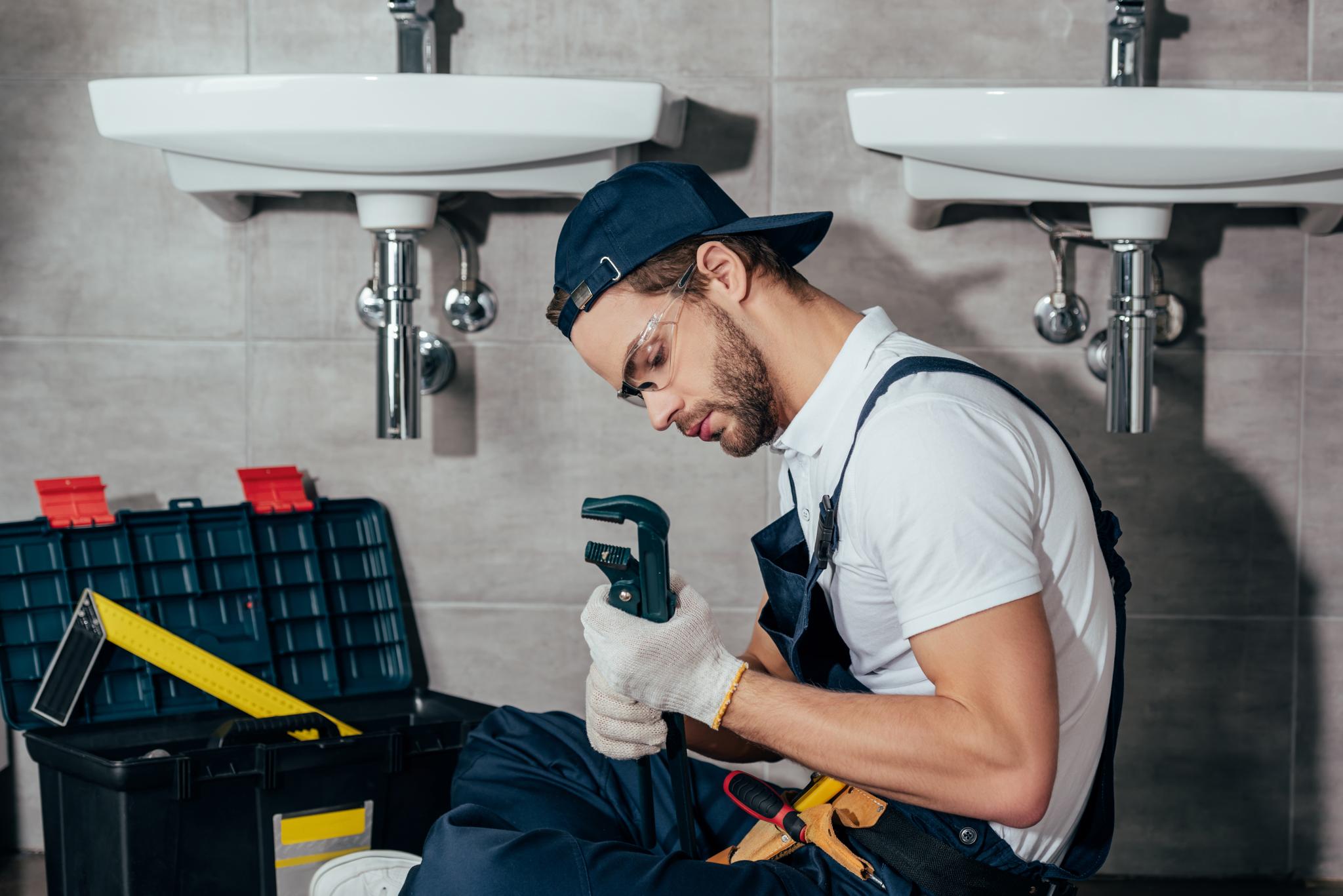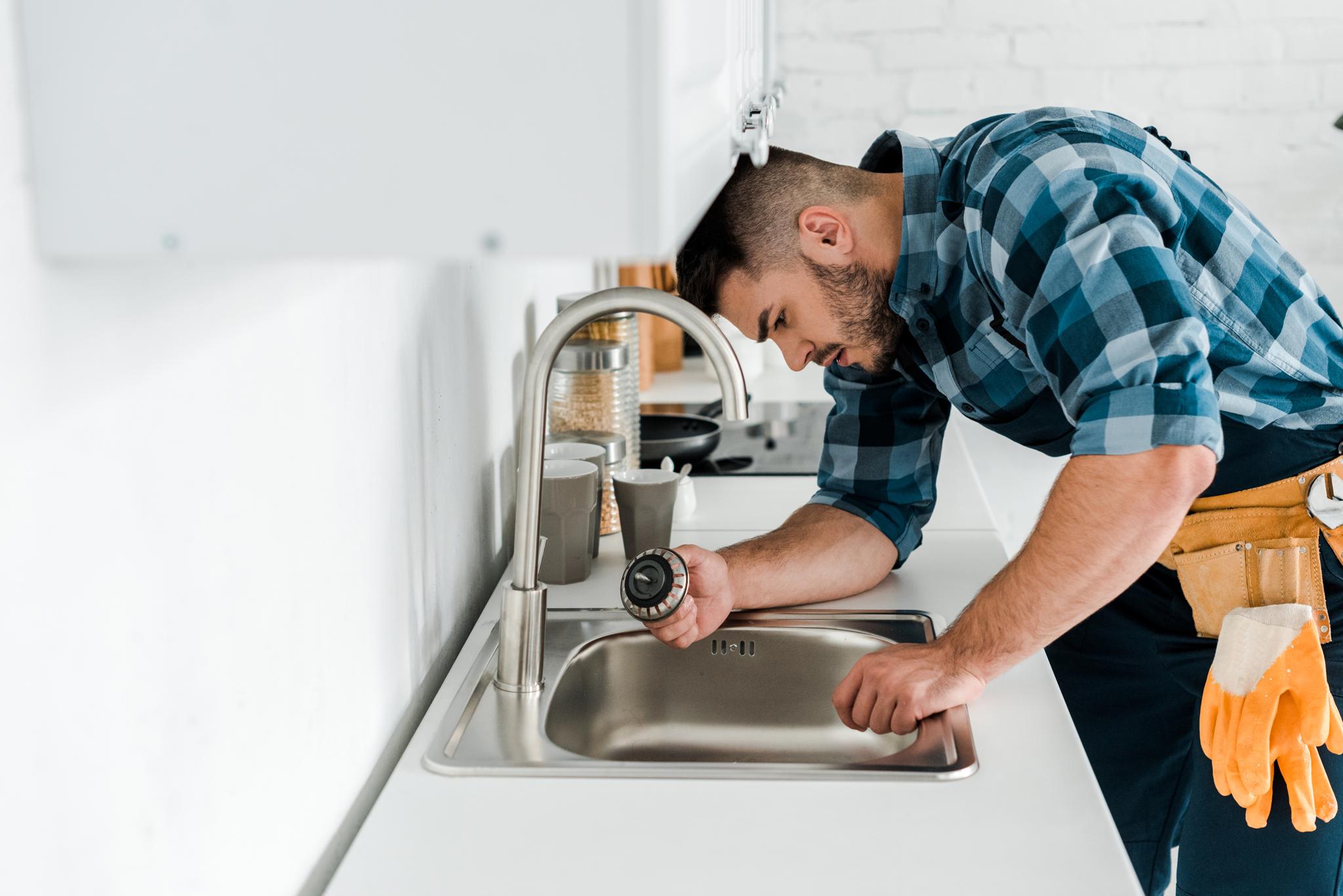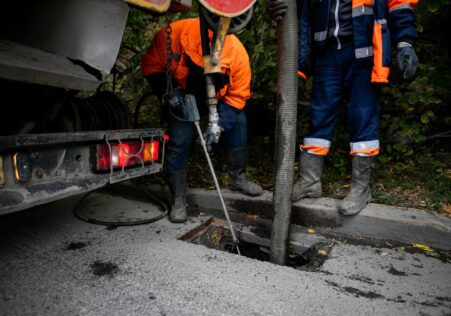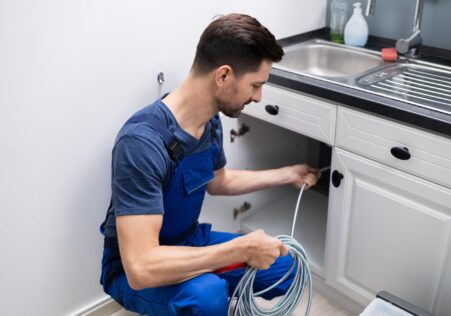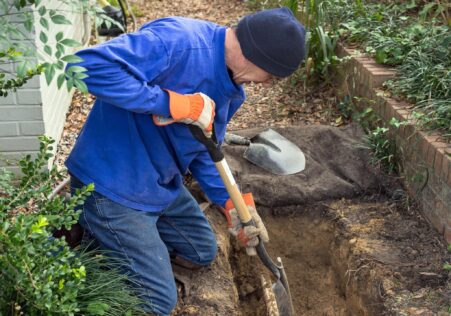Understanding the Differences Between Pipe Relining and Pipe Replacement
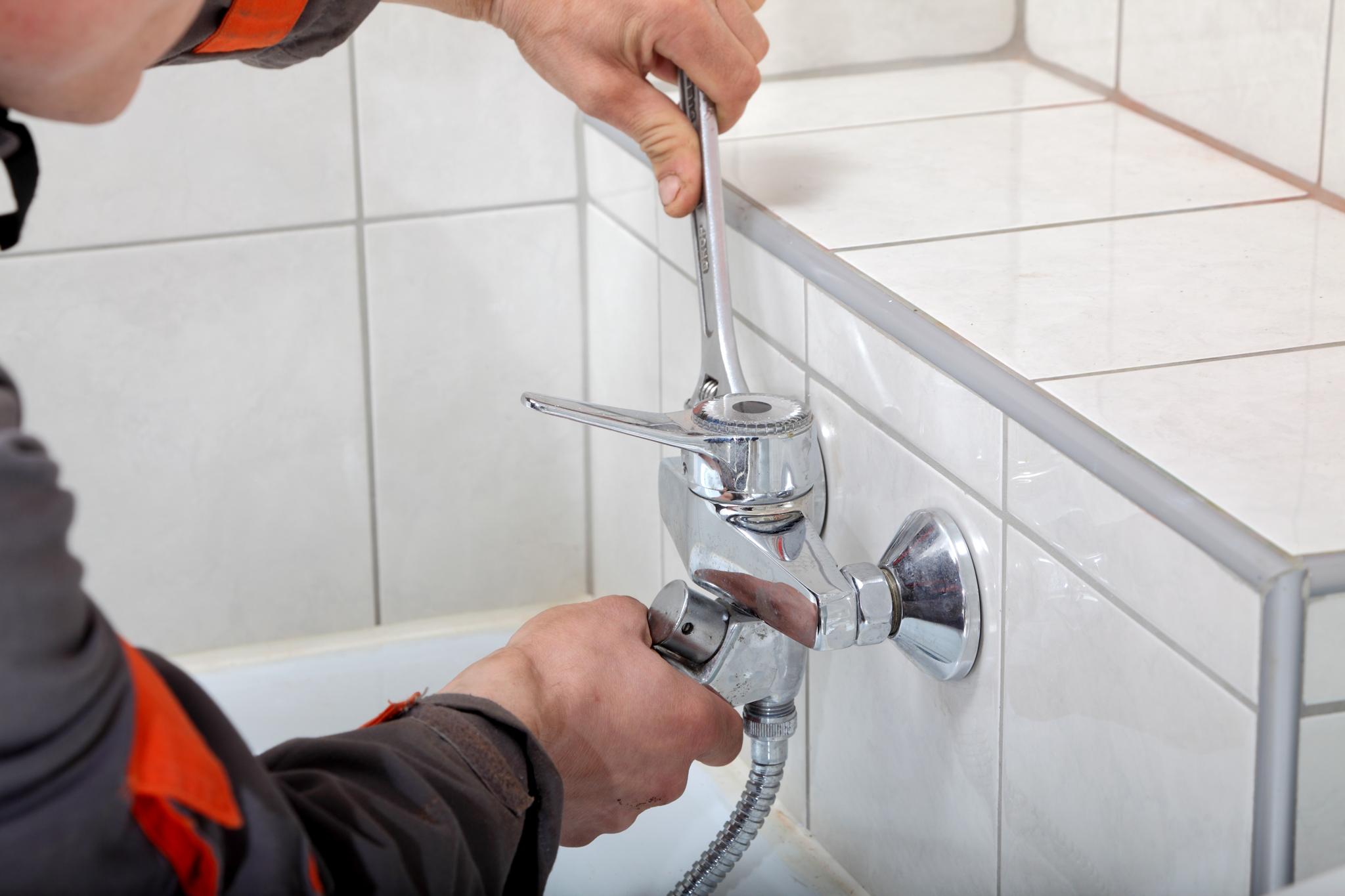
When it comes to fixing damaged pipes, two common methods are pipe relining and replacement of pipes. Both approaches aim to restore the functionality of your pipelines, but there are some distinct differences must be aware of.
Key Takeaways
- Pipe relining is a cost-effective and swift process for restoring damaged pipelines.
- The lining CIPP is employed in the relining of pipes.
- Epoxy resin is used to line the inside areas of the pipe. This is cured to form a new inner lining in the pipeline.
- Pipe relining is time-efficient, cost-effective, and will last for up to 50 years.
- The traditional method of replacing pipes is excavation of areas on the property where pipes are located.
- Replacement of pipes may be required to repair pipes that are severely damaged.
- A brand-new pipeline installed with pipeline replacement has a longer time span (75 or 100 years).
- Replacement of pipes can be costly and lengthy.
- The choice between pipe relining and replacement depends on the degree of damage.
In this article, we’ll discuss pipe relining in comparison to. pipe replacement. Find the one that best suits your needs more.
The term "pipe relining" is used to describe the process of repairing pipes.
Pipe relining or Cured-In-Place Pipe (CIPP) Lining is a cutting-edge repair method which offers a low-cost and rapid solution for the repair of damaged pipelines.
Here’s how it will work:
- A technician cleans the pipeline with high-pressure water jetting or mechanical cleaning.
- Then, they apply epoxy resin made of polyester or fiberglass liner inside the existing pipeline.
- The liner gets cured and forms a new liner within the old pipeline that’s just as strong as a brand new one.
Advantages Pipe Relining
- Time-efficient: It generally takes just 2 to 3 hours of time to accomplish the whole procedure compared to excavating days for traditional pipe replacement techniques.
- Cost-effective - Because no excavation or removal is necessary for pipe relining, it can save almost half of what you would be paying for conventional repairs.
- Durability – The new liner created through pipe relining can last up to 50 years!
Cons of Pipe Relining
- Not suitable for the most damaged pipes. If there are major damages such as cracks, collapses, or joints that aren’t aligned properly in your sewer line then pipe relining may not be possible.
What exactly is Pipe Replacement?
Pipe replacement involves digging up portions of the yard/sidewalk/driveway where underground pipes are located. These areas could contain the collapsed pipes as well as extremely damaged ones caused by lack of maintenance or age.
The following steps are typical of traditional pipe replacements:
- An excavation team digs access to the degraded underground pipe.
- The pipeline that was previously in use is detachment and dug up, generating a lot of debris that must be cleared away.
- Then, they construct the new pipeline on top of the old one.
Benefits of Pipe Replacement
- Ideal for pipes that have been severely damaged In the event that you need to replace pipes that are experiencing significant corrosion or damage, pipe replacement is the best option.
- Long lifespan – The new pipeline replaced with pipe has a long lifespan (75 bis 100 years) making it an ideal choice for homeowners in search of the best solution for their home.
Pros and Cons of Pipe Replacement
- The work of excavation required for pipe replacement could be time-consuming and expensive.
- Time-consuming – Traditional pipe replacements can take a few weeks based on the extent of work and the extent of excavation required.
Which one should you choose?
The choice between either relining or repairing your pipes mostly is contingent on the amount of damage caused. If your pipes suffer minor damage, such as cracks or minor leaks, then replacing them is likely to be a more appropriate choice since it’s less costly and is also faster than replacement of pipes using traditional methods.
If there are major damage such as breaks or collapses it is recommended to consider an alternative to replacing your pipe, although it may be more expensive and take longer.
| Pipe Relining | Pipe Replacement | |
|---|---|---|
| Procedure | CIPP lining using epoxy resin | Excavating and replacing the old pipeline |
| Pros | Time-efficient- 2 to 3 hours to complete | Suitable for severely damaged pipes |
| Cost-effective – Almost half of traditional costs. | New pipeline lasts for 75 to 100 years | |
| Durable – Lasts up to 50 years | ||
| Cons | Not suitable for severely damaged pipes | Costly |
| Time-consuming | ||
| When to choose | Minor damages like cracks or minor leaks | Severe damages like collapses or breaks |
FAQ
What is the process of relining pipes?
Relining a pipe is a process which involves the creation of a new pipe inside the existing damaged pipe. It is accomplished by inserting a flexible liner into the old pipe and making it a permanent fixture. After curing, the new pipe has no joints or seams which improves its structural integrity.
How does traditional pipe replacement differ from relining pipe?
Traditional replacement of pipes involves physically dismantling old pipes and then replacing them with brand new ones. In contrast, pipe relining doesn’t require excavation. Instead it’s done by using technology that permits pipeline repair without digging up large portions of land.
Which option is less expensive: the pipe relining method or traditional pipe replacement?
Pipe relining generally costs less than the traditional methods of repair to pipelines since there are no expenses related to excavation, or other methods needed for removing and replacing old pipes.
Can all types of pipes be relined?
Certain types of pipes are relined effectively. The plumber will have to inspect your situation to determine if it’s feasible to line your particular type of pipes. However, the majority of new pipes may be relined by this method.
How long does the process of relining pipes last?
The exact duration of the process depends on different variables like the location, the environment, and type of damage. However the typical Pipe Relining job usually takes 2-3 days based on the amount of meters require lining..
In the end, if you want to avoid invasive excavation work and save your money while restoring your damaged pipelines’ functionality take a look at our Sydney Blocked Drains Plumbing ‘s rapid and effective pipe relining services. Get in touch with us!
Additional Information
- The Complete Guide to Understanding the Pipe Relining Process: Everything to Expect
- Pipe Relining: The Low-Cost Answer to Sewer Repairs
- The Future of Plumbing: Advances in CCTV Drain Inspection Technology
- The Benefits of Unblocking Blocked Drains for Your Business
- Protect Your Condo's Property Value with Long-Lasting Trenchless Pipe Relining
- Pipe Relining: A Smart Investment for Your Property
- The Environmentally-friendly Benefits of Pipe Relining
- Why Your Business Needs Periodic Drain Inspection and Cleaning
- How to Choose between Different Types of Pipe Relining Materials (And Which One Is Right for You)
- Advice on Identifying Signs of Piping Issues: How to Consider Relining


